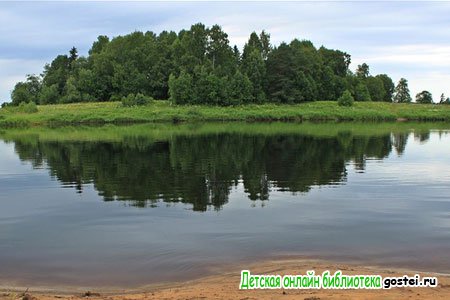
Detskie Risunki Moya Rodina Kazahstan
(='Karasuba') A distant cousin to Coral Bells, this is a woodland treasure native to China. It forms a low mound of large, bold maple-shaped leaves, bronze-green in spring, later becoming deep green with stunning crimson tips. Small white bell-shaped flowers appear in spring before the leaves. Must have an evenly moist, rich woodland soil. Deciduous in winter. Clumps slowly spread to form a small patch, which may be divided carefully in the spring every 4 years or so.
Combines beautifully with Hakonechloa, the Japanese Woodland Grass. Ideal for edging, and also gorgeous in containers. May prove to be hardy to Zone 3 or colder.
Generally, Mukdenia plants thrive in U.S. Department of Agriculture plant hardiness zones 4 through 8 or 9. That means you can start growing Mukdenia plants almost anywhere in the continental United States, as long as you don’t live where it is very hot or extremely cold. 2 0.00% 2 0.00% 2. 2 0.00% 2 0.00%.

Apparently ‘Karasuba’ is the original and therefore correct Japanese cultivar name. (='Karasuba') A distant cousin to Coral Bells, this is a woodland treasure native to China. It forms a low mound of large, bold maple-shaped leaves, bronze-green in spring, later becoming deep green with stunning crimson tips. Motogp pc download.
Small white bell-shaped flowers appear in spring before the leaves. Must have an evenly moist, rich woodland soil. Deciduous in winter. Clumps slowly spread to form a small patch, which may be divided carefully in the spring every 4 years or so. Combines beautifully with Hakonechloa, the Japanese Woodland Grass. Ideal for edging, and also gorgeous in containers.
May prove to be hardy to Zone 3 or colder. Apparently ‘Karasuba’ is the original and therefore correct Japanese cultivar name.